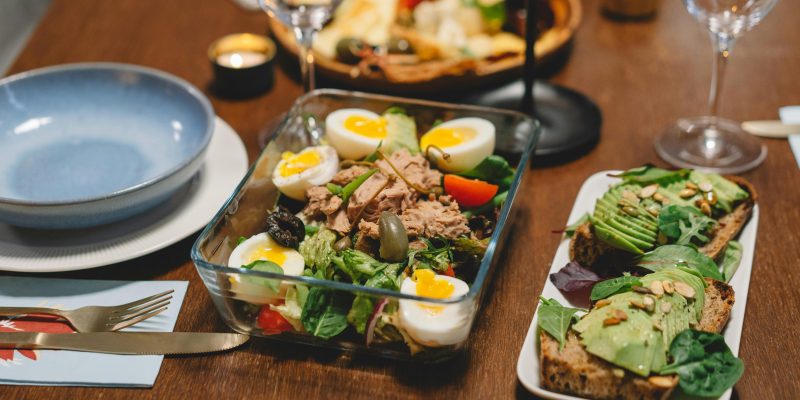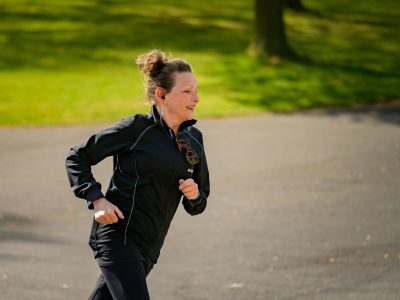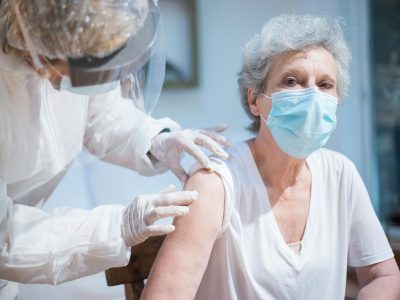A colonoscopy is an important step to gastrointestinal health. While the procedure itself is a simple one, recovery is a key factor in your overall well-being. An important part of this recovery is the right nutrition that helps you heal and feel comfortable. This guide discusses the best foods after a colonoscopy to help a person return to normal life.
Prioritise Hydration:
- Post-surgical hydration is extremely important. To replace some fluids that you have lost during the preparation, water is the best choice.
- Clear broths can also keep the body hydrated, providing heat and comfort.
- Calming herbal teas, like chamomile or peppermint, serve as a remedy too. These drinks can help avoid electrolyte disruption and dehydration.
Embrace Soft Foods:
- Since the digestive tract is still a little sore, these are easy to digest and perfect just after a colonoscopy.
- For example, applesauce provides a breakfast with mildness and a healthy taste.
- Bananas: Bananas are nutrient-rich and easy to digest.
- Mashed potatoes are also another good and comforting food as they are a carbohydrate which can provide a good source of energy without causing a lot of stress and pressure for the stomach.
Include Easily Digestible Proteins:
- It contains protein, which is needed for recovery, but it must be easily digestible.
- Scrambled eggs are an amazing source that goes in a variety of ways, from soft to hard.
- Introducing plentiful probiotics from yoghurt, preferably low-sugar or as simple as possible, to support gut health. Creamy nut butters — like almond or peanut butter — provide protein and healthy fats, giving you energy.
Incorporate Gentle Grains:
- That said, there can be a place for whole grains, and they can be reintroduced in moderation, but not in the short term.
- White rice is another bland, easy-to-digest food that goes well with soft veggies or lean protein.
- Fibre from oatmeal is not hard on the gut. It can be prepared with water or milk, so you can get more nutrients in.
- These grains provide a truncated but crucial supply of carbohydrates, which helps restore lost energy and recover from fatigue.
Opt for Cooked Vegetables:
- Post-colonoscopy, raw vegetables are still a little too aggressive. Rather, eat cooked food as they are soft and easy to digest.
- Steamed carrots provide vitamins and are easily digestible. Once cooked, zucchini imparts a mild flavour and important nutrients.
- Do not prepare these vegetables heavily seasoned because they may irritate.
Select Low-Fibre Fruits:
Fibre is crucial, yes, but also tough during initial recovery. Choose low-fibre fruit such as peeled pears or canned peaches. These fruits contain lots of vitamins and moisture without putting too much strain on the intestines. Citrus fruits are to be completely avoided at this point as their acidity may trigger pain.
Avoid Certain Foods:
Some foods can be harmful, and therefore, they should be excluded from your diet until you fully recover. It can irritate the digestive tract, and it can lead to discomfort, so you should limit spicy food. Travelling Textbook Photo high-fat or fried foods may be somewhat difficult to digest, putting more stress on the stomach. Slowly reintroducing high-fibre foods, like raw veggies or whole grains,
Monitor and Adjust:
It is very important to listen to the signals your body gives you. If a certain food is proven to upset your stomach, it is advisable to steer clear of it for the time being. Assessing for an irritant through the gradual reintroduction of foods over time. Maintaining a food diary can help monitor what foods are tolerated and which ones are not.
Gradual Transition to Normal Diet:
Once out of recovery, they can gradually start getting back to their normal diet. You want to add a new food to the diet one at a time so the body has time to adjust — because an influx of new food can shock the gut. This gradually makes the transition easier and maintains gut health.
Conclusion
Making sure to eat well- thus, recovering after a colonoscopy is multi-dimensional- it is not just simply a factor of resting. Hydration, soft foods and easily digestible options will help both the healing process and the comfort of the patient; Focusing on how the body responds and slowly incorporating regular eating habits allows for a seamless transition back to the food routines of daily life. The above points can help people recover fast while keeping their gut health a priority.













Comments